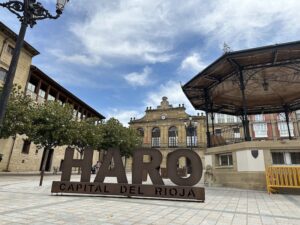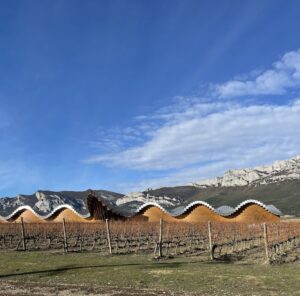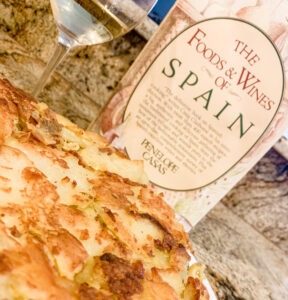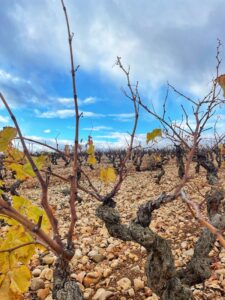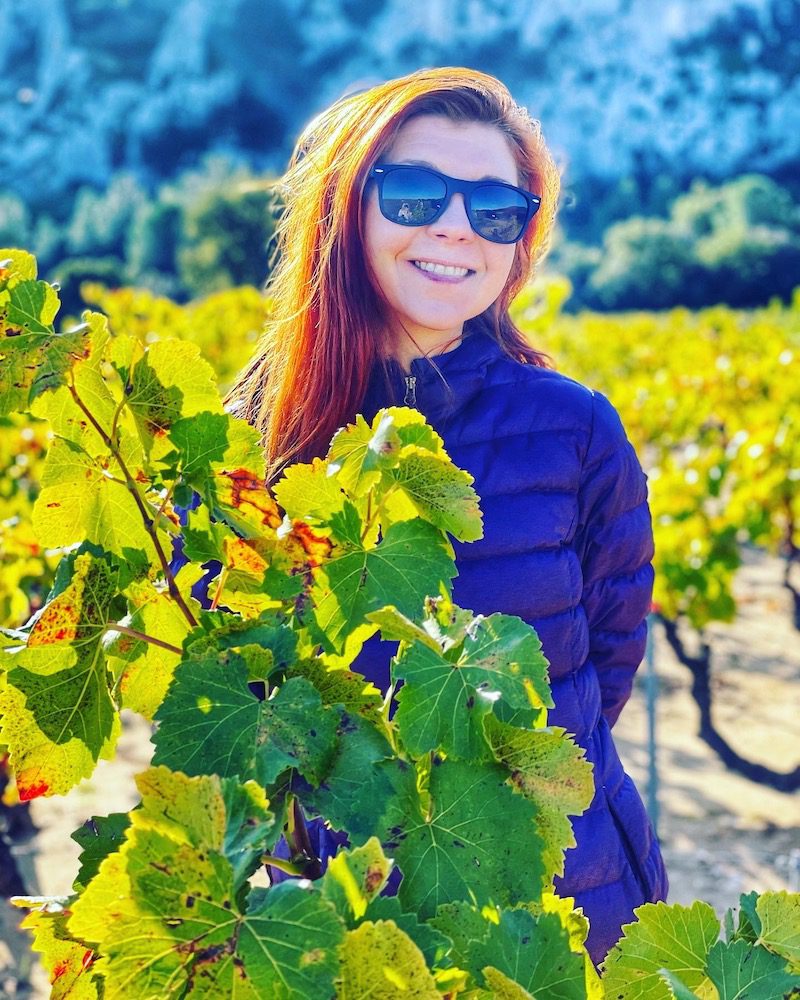An insider guide to the best Rioja wineries, the regions history, and recommendations for restaurants and hotels.
If you know one Spanish wine region, it’s Rioja. And for good reason! The wines that hail from Rioja are as complex, critically acclaimed and age-worthy as those from Napa Valley and Bordeaux, and generally, much more wallet-friendly.
But the food culture of Rioja, unlike its wines, has, until recently, flown under the radar. That’s changing. A recent visit to the Rioja wine region proved that the dining, like the wining, can be equally transcendent and fun, whether you’re grabbing bites from a humble pinchos emporium on a side street in Logroño or sitting down for a formal experience at a gastronomic temple to haut cuisine.
Read on for a download on the basics for exploring the Rioja wine region, and make sure to see our three day itinerary for wine tasting in Rioja, how to sip in HARO in Rioja and everything Spain!
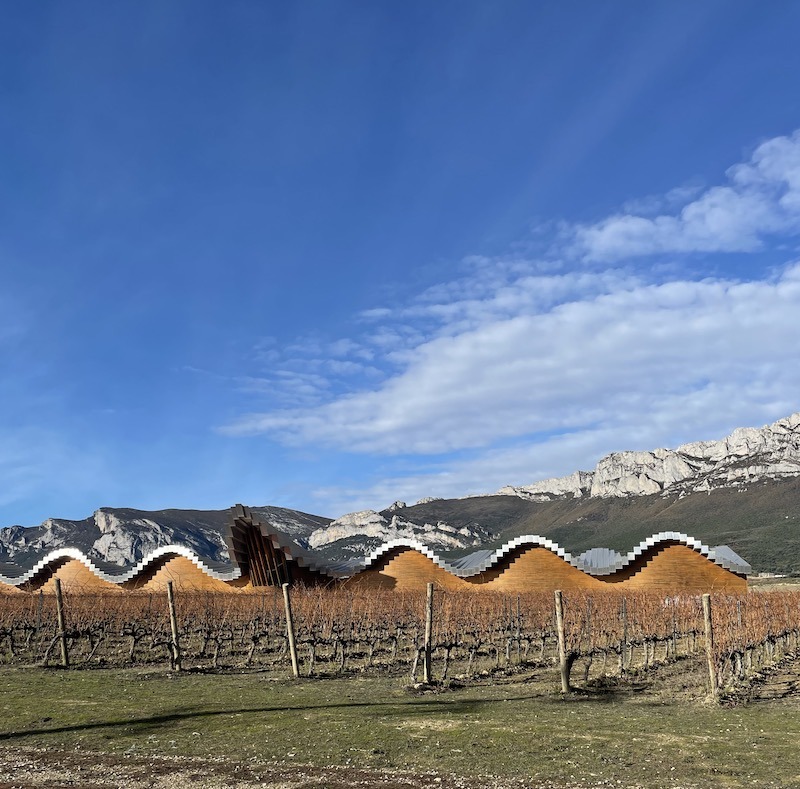
WHERE IS RIOJA?
x
BEST TIMES TO VISIT
x
GETTING TO RIOJA
Rioja Wine Classifications
GENERIC
Wines aged for a minimum of one year, with fresh and fruity characteristics. Ready for consumption at release.
CRIANZA
Red wines aged for at least one year in oak and 24 months in the cellar before being released. Whites and rosé wines must be aged for six months in barrels, with a minimum of 18 months in the cellar. Ready for consumption at release, will improve with some time in cellar.
RESERVA
Red wines aged in oak barrels and bottles for at least 36 months, 12 of which must be in oak barrel. Whites and rosés must be aged in oak and bottle for at least 24 months, six of which must be in barrel. Ready for consumption at release, will improve with up to 10 or more years in cellar.
GRAN RESERVA
Red wines aged in oak barrels and bottles for at least 60 months, 24 of which must be in oak barrel. Whites and rosés must be aged in oak and bottle for at least 48 months, six of which must be in barrel. Ready for consumption at release, will improve with up to 50 years in cellar.
HISTORY OF WINE IN RIOJA
Winemaking began in Rioja more than 2,000 years ago. It flourished and evolved for millennia, but faced an existential crisis during the devastation of phylloxera, which began in the early 1900s.
Following the phylloxera plague, the First World War ground winemaking to a halt. But in 1926, Spain’s first Consejo Regulador was established in the region, setting the stage for the D.O. system that defines and delineate winemaking quality standards today.
Now that you have the lay of the land, let’s go wine and dine! While you could spend weeks wandering Rioja, three days will give you a serious taste of what this iconic region has to offer.
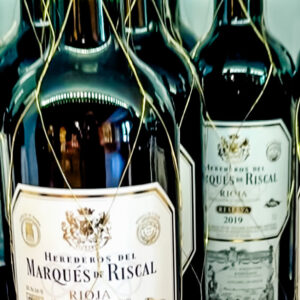
What’s the deal with the gold wire netting on wine bottles?
Why do some wine bottles from Rioja have gold netting? The short answer, it was a pre-tech way to try to protect wine from counterfeiting.
TERROIR & WINES OF RIOJA
The climate of Rioja is mild, and is protected by the Cantabrian mountains. It is much drier and warmer than other Spanish regions. While the region isn’t flanked by the ocean, the River Ebro runs through Rioja, providing cooling breezes in the summer, and a mellowing, warming influence in the winter.
There are more than 161,000 acres of grapes under vine, in three regions: Rioja Alta (with 67,675 acres), Rioja Oriental (with 60,763 acres) and Rioja Alavesa (with 33,084 acres).
Traditionally, Rioja wine is a blend of grapes. Most of the production is red, and the Tempranillo grape dominates, with Garnacha, Mazuelo and Graciano often joining the party. The wine is typically highly structured—the tradition of French Oak aging helps ensure that—with a fruity character.
Increasingly, single varietal Rioja wines are emerging, as are whites (especially Viura) and rosés (especially fruit-forward Garnacha expressions).
While many Rioja wines (especially the generic and Crianza) are meant to be consumed young, others (especially the Reserva and Gran Reserva) can age not just for years, but decades before losing their complexity, freshness and indelible oomph.
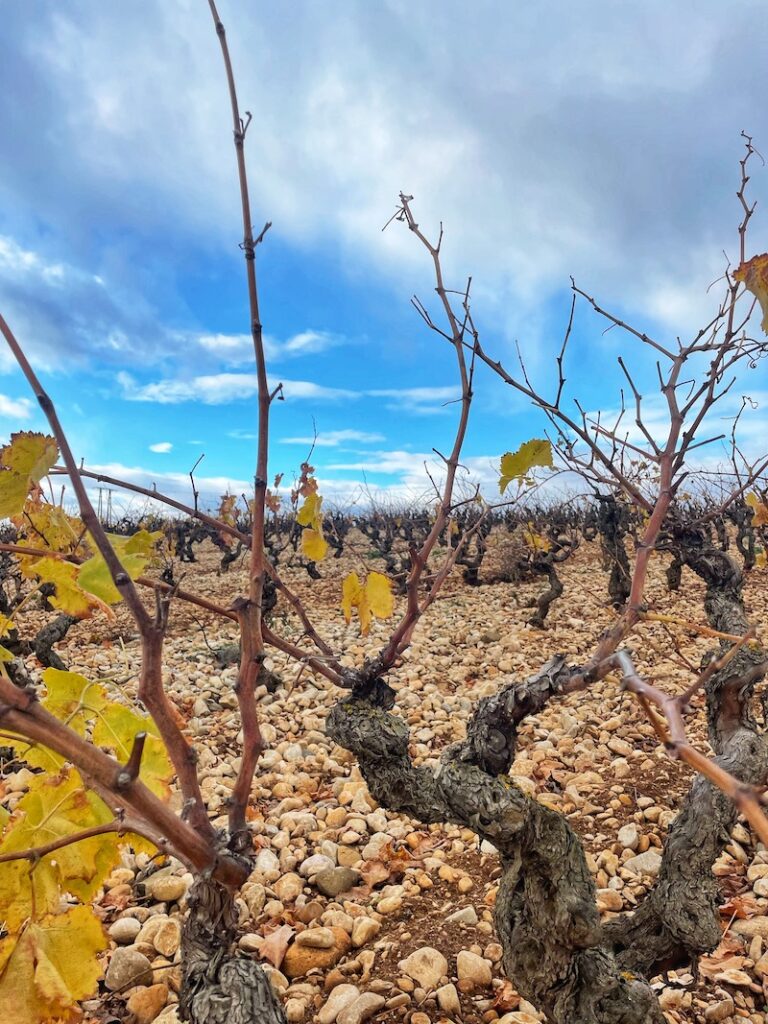
Planning Your Rioja Wine Vacation
WINE TASTING ITINERARIES
WHERE TO STAY IN RIOJA
You will need a place to stay: A hotel in Logroño or Haro would be the most convenient.
The 14th century convent turned hotel Eurostars Los Agustinos offers ancient charm and modern convenience—and is less than a mile away from the central wine tasting district of Haro. (Prices start around $60 a night).
The mod Eurostars Marqués de Vallejo in Logrono offers avant-garde décor, an art gallery and breakfast. (Prices start around $60 a night).
For an upscale stay, Marques de Riscal is out of this world. Both a resort and winery, you’ll experience Rioja in pure luxury.
Because Rioja is large (about 1,930 square miles) it’s best to rent a car or work with a tour operator.
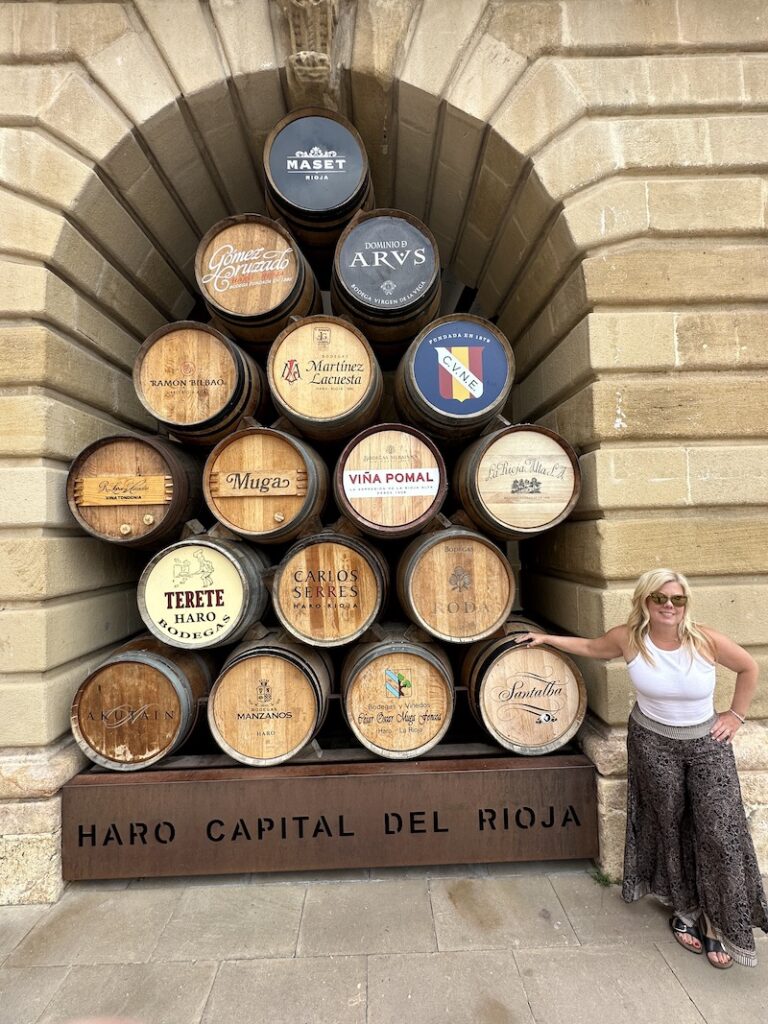
GETTING AROUND
Private drivers may seem like a dime a dozen but not all those dimes are equal. Look for those who are well rated and/or ask your hotel for recommendations. In the meantime, here are a few we have used and recommend.
Kathleen Willcox writes about wine, travel and culture from her home in Saratoga Springs, N.Y. She is keenly interested in sustainability issues, and the business of making ethical drinks and food. Her work appears regularly in Wine Searcher, Wine Enthusiast, Wine Industry Advisor and many other publications.

